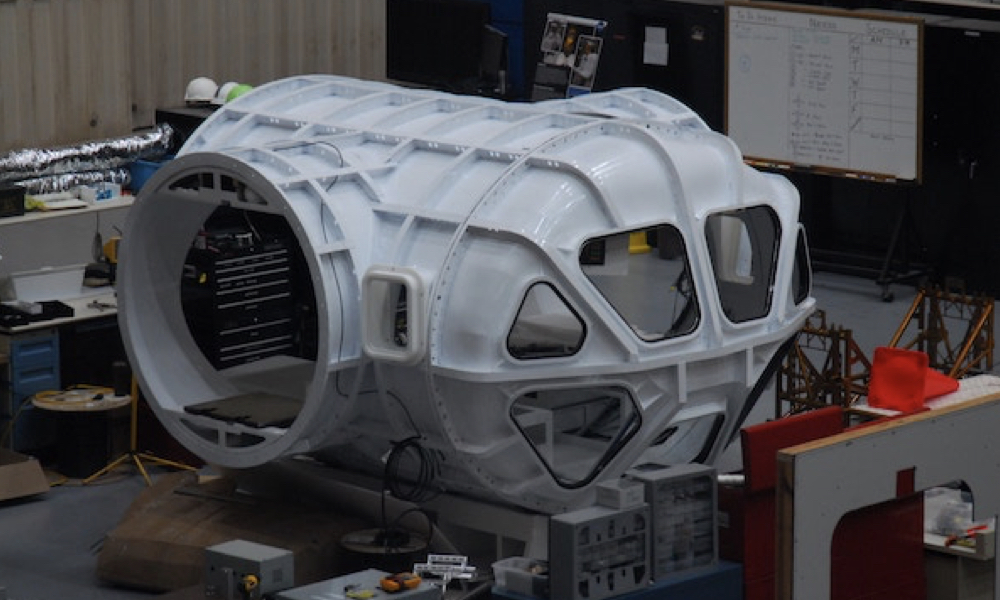
ESA Open Invitation to Tender AO10090
Open Date: 19/12/2019
Closing Date: 13/02/2020 13:00:00
Status: ISSUED
Reference Nr.: 19.1QC.03
Prog. Ref.: Technology Developme
Budget Ref.: E/0901-01 – Technology Developme
Special Prov.: BE+DK+FR+DE+IT+NL+ES+SE+CH+GB+IE+AT+NO+FI+PT+GR+LU+CZ+RO+PL+EE+HU
Tender Type: C
Price Range: 200-500 KEURO
Products: Ground Segment / Launcher specific Ground Segment
Technology Domains: Materials and Processes / Cleanliness and Sterilisation / Control of Particulate Contamination / Materials and Processes / Space Environmental Effects on Materials and Processes / Interaction of Materials with the Space Environment / Materials and Processes / Space Environmental Effects on Materials and Processes / Interaction of Materials with the Ground Environment
Establishment: ESTEC
Directorate: Directorate of Tech, Eng. & Quality
Department: Product Assurance and Safety Department
Division: Technical Reliability and Quality Div
Contract Officer: Karpov, Roman
Industrial Policy Measure: N/A – Not apply
Last Update Date: 19/12/2019
Update Reason: Tender issue
Supercapacitors (also called ultracapacitors or electrochemical double layer capacitors) are suitable for high power applications (but requiring low energy). These devices are now available on terrestrial market and used in aeronautics (Airbus A380 emergency dooropening), in automotive industry. Supercapacitors rely upon the capacity of the electrochemical double layer between an electrolyteand an electrode. The energy stored (5 Wh/kg) is low compared to batteries, but can offer much greater specific power up to 20 kW/kg.The commercial interest of the supercapacitor component is placed at the crossroads between capacitors and Li-Ion batteries, witha balance between the specific energy and specific power, for various possible applications. New supercapacitor technologies, e.g. using ionic liquids instead of organic solvent, are under development. Such new supercapacitors can offer a greater specific energy (> 20 Wh/kg compared to 5 Wh/kg for organic supercapacitor) while preserving high specific power properties. Such devices are of interest for launcher applications. The currently identifiedmarkets are mostly actuator and pyrotechnic systems for launchers, and electrical propulsion. Launcher pyrotechnic functions: High power lithium cells or hybrid architecture with supercapacitors of few farads up to 10F will be needed to replace obsolete NiCd batteries for the nominal pyrotechnics lines Developments of supercapacitors upto a few hundred farads are of prime interest for launchers as their use within a hybrid power supply could lead to a drastic gain in mass for the Electro-Mechanical Thrust Vector actuation system (EMTVAS). Combination of secondary batteries and supercapacitors are also foreseen for future launchers to replace primary batteries. The activity is envisaged with the following steps:- Survey of existing technologies and selection for intended launcher applications- Development and test of supercapacitor component- Development of adequate packaging in accordance with launcher requirements- Supercapacitor bank will be designed, manufactured and tested
If you wish to access the documents related to the Invitation to Tender, you have to log in to the ESA Portal.
